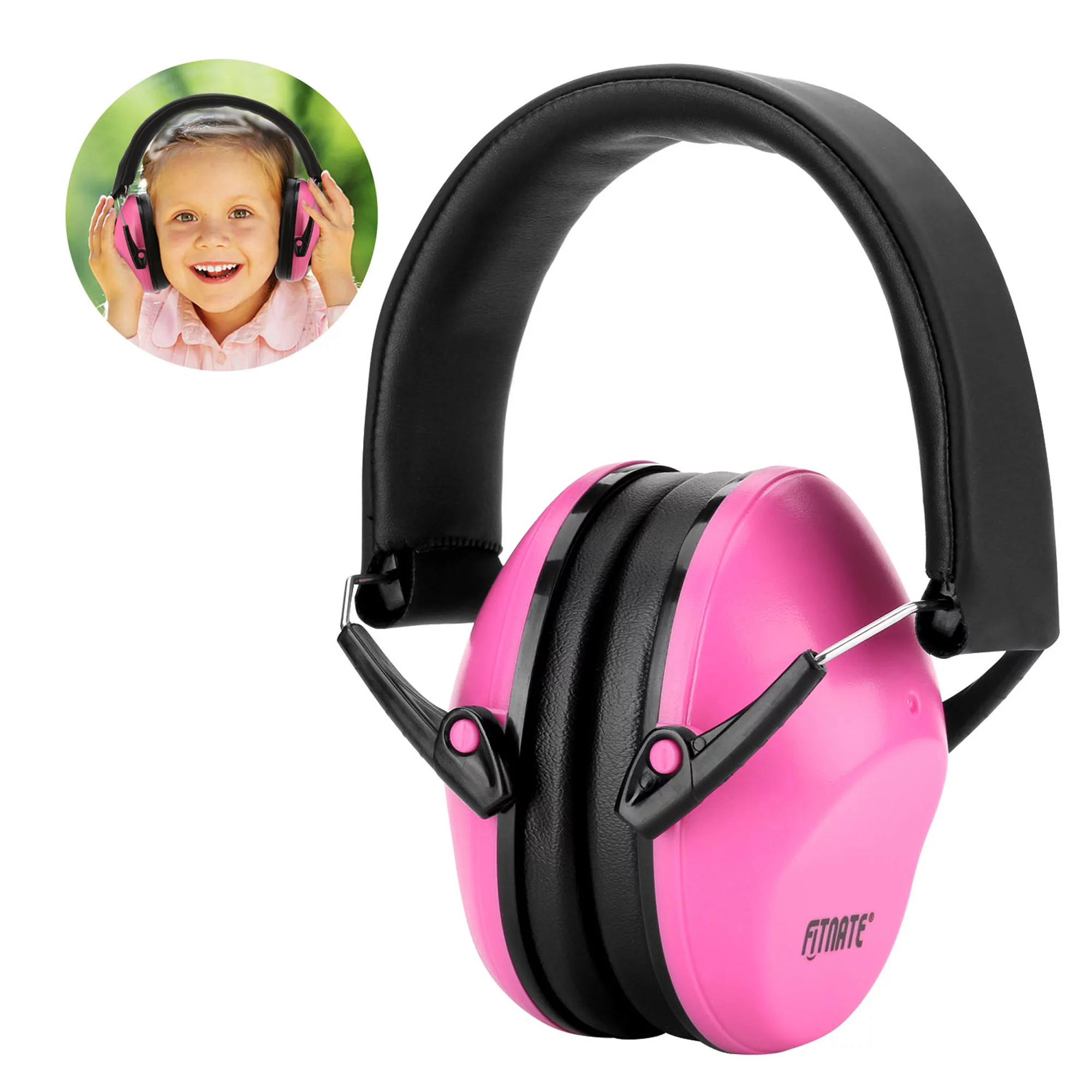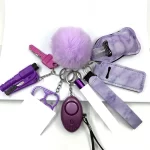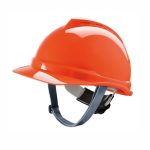I. Introduction
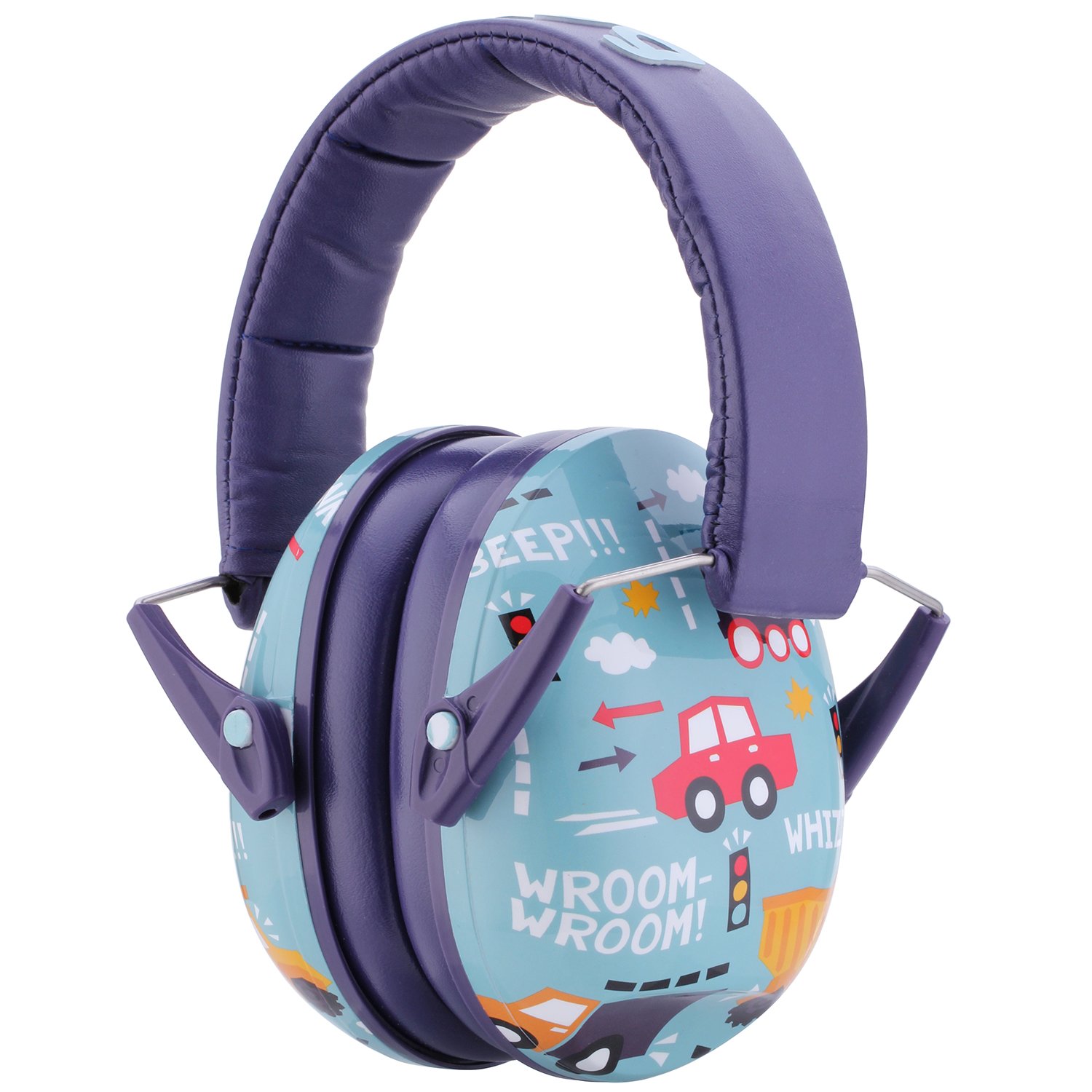
A. Importance of protecting children’s hearing
Children’s ears are more vulnerable to loud noises and prolonged exposure to noise can have long-term consequences on their hearing health. It is crucial for parents and caregivers to understand the need for ear protection in various situations to ensure the well-being of their children.
B. Overview of the article
This article aims to provide a comprehensive guide on ear protection for children. It will delve into the vulnerability of children’s ears, potential risks, and long-term consequences of noise exposure. It will also explore different types of ear protection suitable for kids, such as earmuffs, earplugs, and noise-canceling headphones.
II. Understanding the Need for Ear Protection
A. The vulnerability of children’s ears
Children’s ears are more susceptible to damage from loud noises due to their smaller ear canal and thinner eardrum. Their auditory system is still developing, making them more prone to the harmful effects of noise.
B. Potential risks and long-term consequences
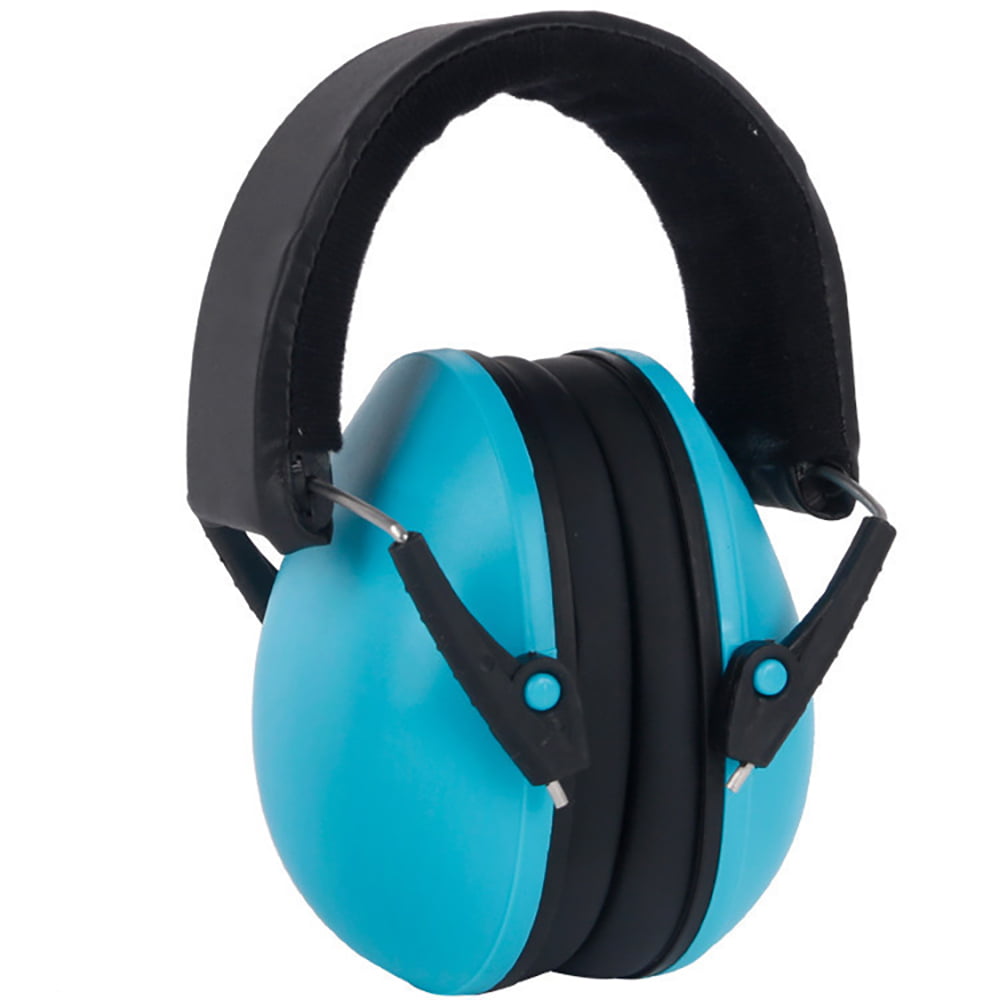
Prolonged exposure to loud noises can lead to temporary or permanent hearing loss in children. It can also cause tinnitus, hyperacusis, and speech and language development issues. Understanding these risks is crucial in motivating parents to prioritize their child’s hearing protection.
C. Situations requiring ear protection
There are various situations that can put children at risk of noise-induced hearing damage, such as concerts, fireworks displays, sporting events, and even certain toys and electronic devices. It is important to be aware of these situations and take appropriate measures to protect their hearing.
III. Types of Ear Protection for Kids
A. Earmuffs
- Features and benefits Earmuffs provide a physical barrier between the ear and loud noises, reducing their intensity. They are comfortable and provide a consistent level of protection across different frequencies. They are also easy to put on and take off, making them suitable for children.
- Suitable age range Earmuffs are available in various sizes, making them suitable for infants, toddlers, and older children.
- Factors to consider when choosing earmuffs When selecting earmuffs for children, factors such as noise reduction rating (NRR), comfort, adjustability, and durability should be considered.
B. Earplugs
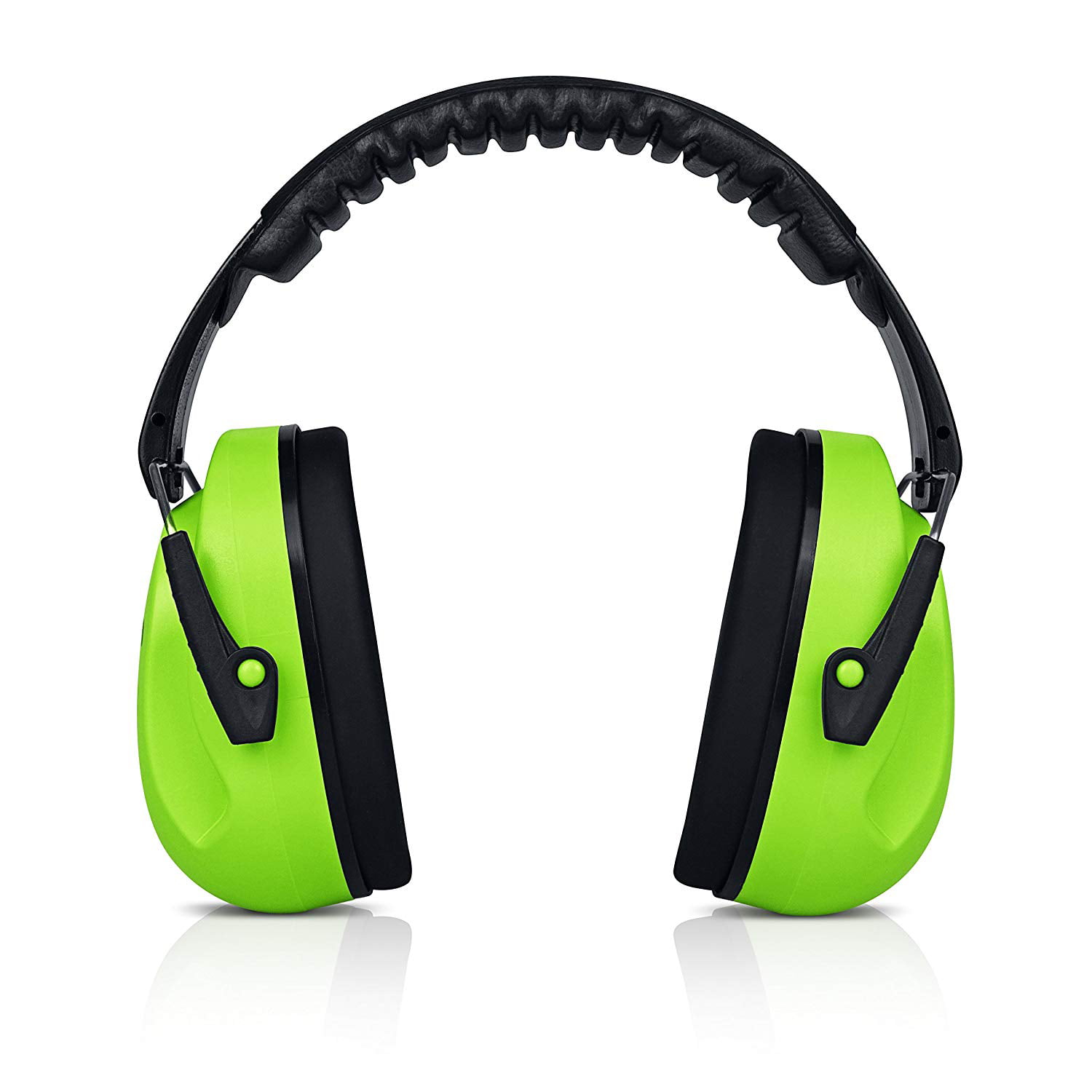
- Different types of earplugs available There are different types of earplugs available, including foam, silicone, and custom-molded earplugs. Each type has its own benefits and limitations.
- Benefits and limitations of each type Foam earplugs are affordable and disposable but may not provide a perfect fit for all ear shapes. Silicone earplugs are reusable but may be less comfortable for some children. Custom-molded earplugs offer the best fit and comfort but can be expensive.
- Selecting earplugs based on age and activity When choosing earplugs for children, factors such as age, activity level, and intended use should be taken into consideration. It is important to ensure a proper fit and educate children on the correct insertion and removal techniques.
C. Headphones with noise-canceling capabilities
- Advantages and considerations of noise-canceling headphones Noise-canceling headphones actively reduce ambient noise, providing a quieter listening environment. They are suitable for children in noisy environments, such as airplanes or crowded places. However, they may not be suitable for all situations.
- Appropriate age for using noise-canceling headphones Most manufacturers recommend a minimum age of three for using noise-canceling headphones due to safety concerns and potential impact on speech and language development.
- Safety precautions and guidelines Parents should set volume limits, ensure proper fit and comfort, and supervise their child’s use of noise-canceling headphones to prevent overuse and potential hearing damage.
IV. Factors to Consider When Selecting Ear Protection
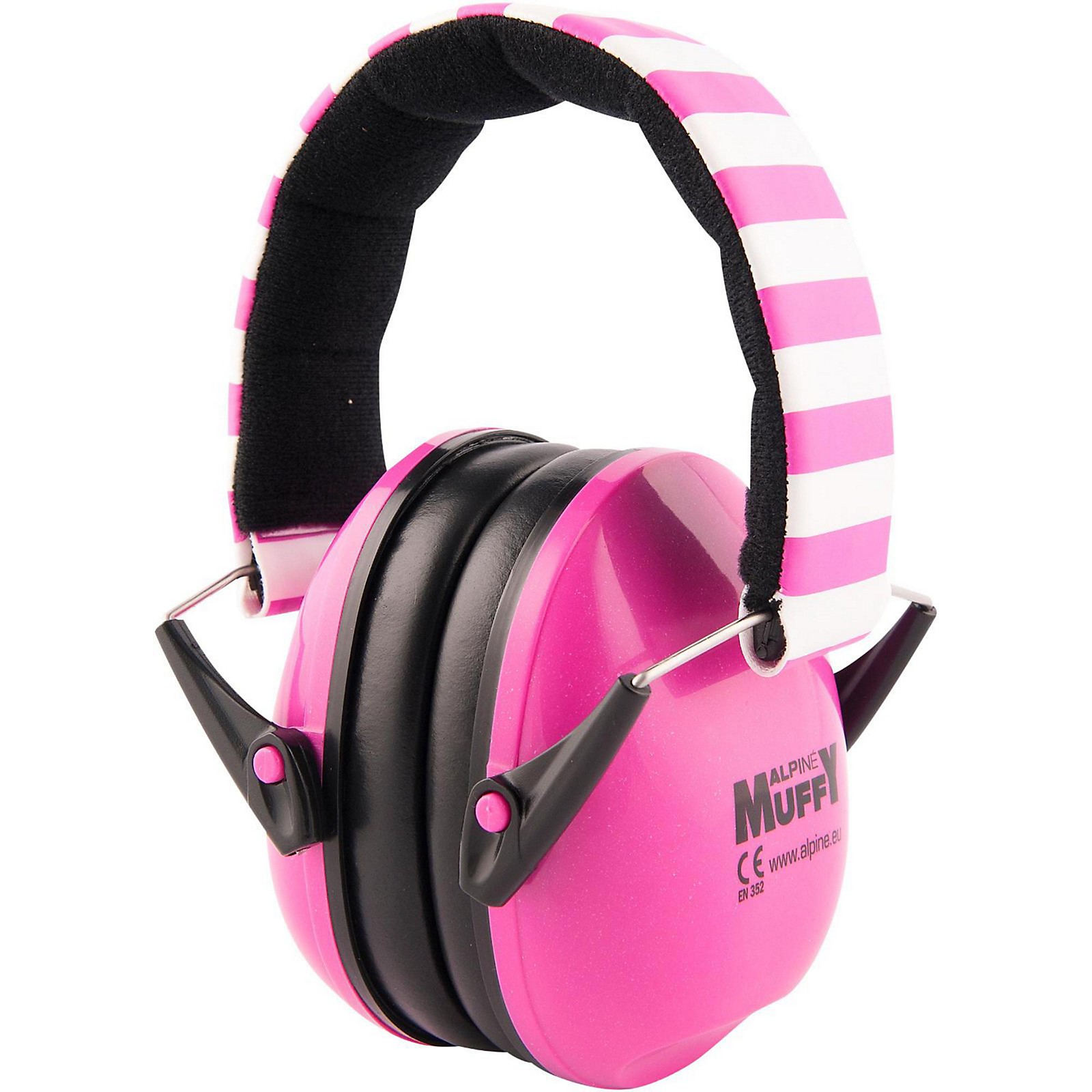
A. Noise reduction rating (NRR) The NRR indicates the level of noise reduction provided by the ear protection. It is important to choose ear protection with a high NRR to effectively block out loud noises and protect children’s hearing.
B. Comfort and fit Ear protection should be comfortable and fit securely on the child’s head or in their ears. A good fit ensures that the ear protection stays in place and provides optimal noise reduction.
C. Durability and materials used Children can be rough with their belongings, so it is important to choose ear protection made from durable materials that can withstand wear and tear. Look for ear protection with sturdy construction and materials that are easy to clean.
D. Ease of use and adjustability Ear protection should be easy for children to put on and take off by themselves. Adjustable features such as headband length or earplug sizing can ensure a proper fit for children of different ages and sizes.
V. Tips for Proper Use and Maintenance of Ear Protection
A. Correct fitting and positioning Ensure that earmuffs cover the entire ear and create a seal against the head. If using earplugs, make sure they are inserted correctly and snugly into the ear canal.
B. Regular cleaning and hygiene practices Clean earmuffs or earplugs regularly to remove dirt, sweat, and bacteria. Follow manufacturer instructions and use appropriate cleaning solutions to maintain hygiene.
C. Monitoring and assessing effectiveness of ear protection Regularly check the ear protection to make sure it is functioning properly and providing adequate noise reduction. Replace any worn-out or damaged ear protection.
D. Gradual exposure to loud environments When introducing ear protection to children, gradually expose them to louder environments to help them acclimate. Start with low-level noise and gradually increase the volume or duration of exposure over time.
VI. Introducing Ear Protection to Kids: Communicating the Importance

A. Age-appropriate discussions about hearing health Engage children in conversations about the importance of protecting their hearing. Explain how noise can damage their ears and the long-term consequences of hearing loss.
B. Teaching the significance of noise-induced hearing loss Educate children on the concept of noise-induced hearing loss and how it can impact their daily lives, communication, and overall well-being. Use relatable examples and stories to help them understand the importance of wearing ear protection.
C. Encouraging responsible use and awareness of ear protection Teach children to be responsible for their own hearing health by using ear protection whenever they are in loud environments. Encourage them to remind their friends or peers to wear ear protection as well, promoting a sense of community awareness.
By considering these factors when selecting ear protection, following proper use and maintenance guidelines, and effectively communicating the importance of hearing protection to children, parents and caregivers can ensure that their children’s hearing is well-protected in various noisy situations. With proper ear protection, children can enjoy their favorite activities and experiences without compromising their hearing health.
